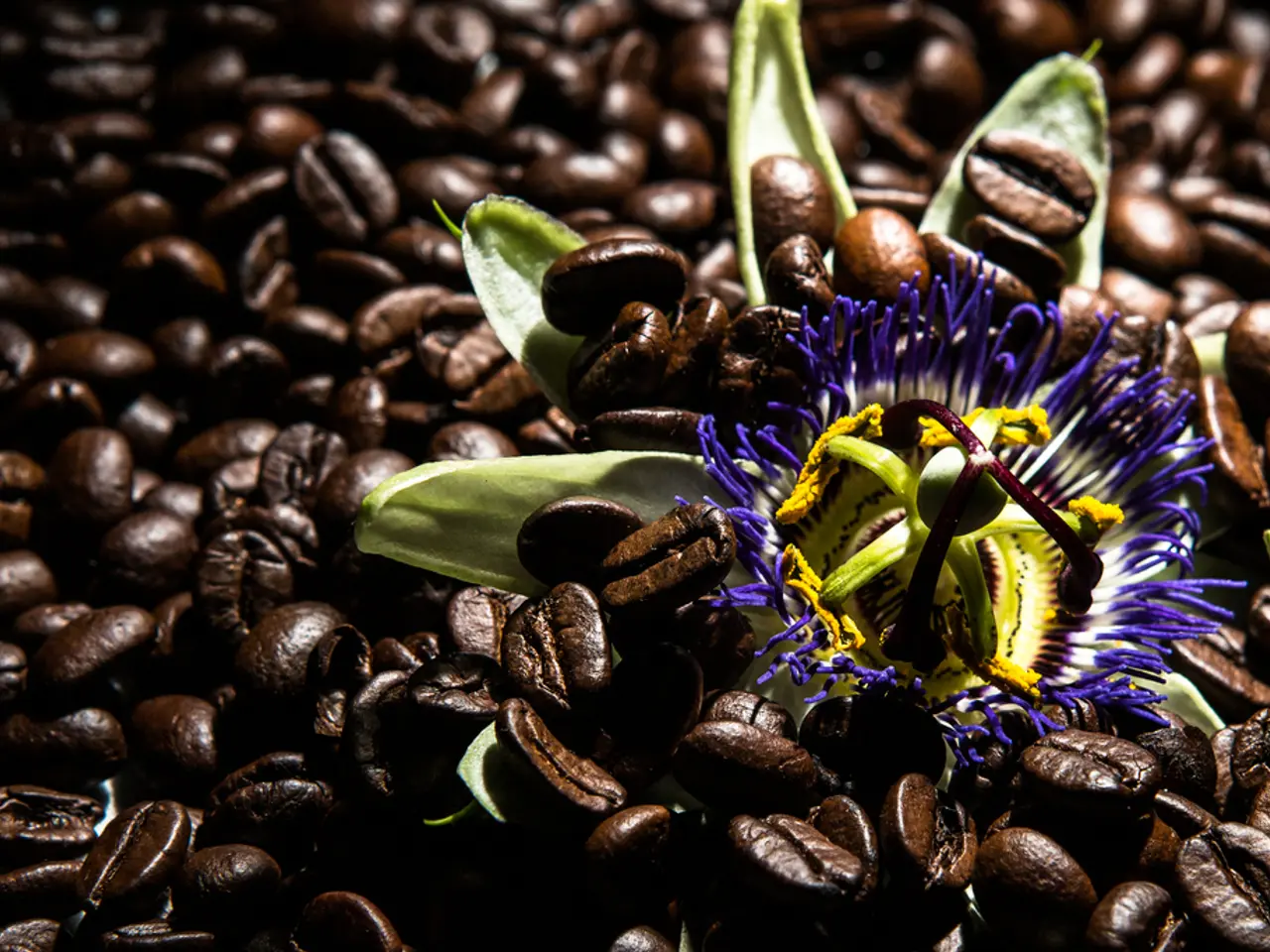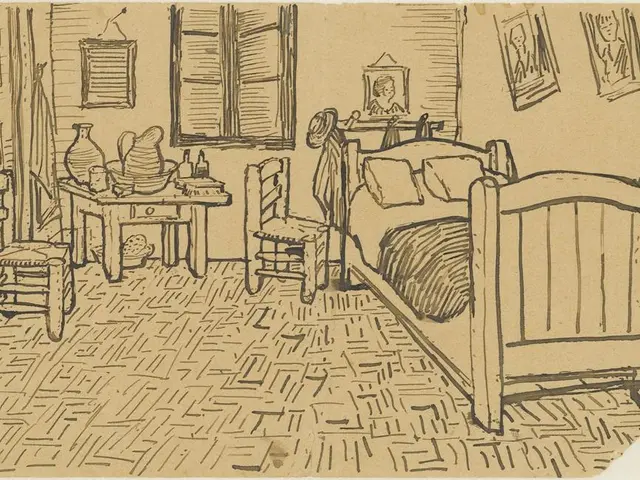Exploring Gardening and Composting Methods Utilizing Coffee Waste
Coffee grounds, a common household waste, can be transformed into a valuable resource for your garden through composting. Here's a guide on how to use coffee grounds effectively in your compost bin.
Firstly, coffee grounds are ideal for composting due to their high nitrogen content, making them a great green composting material. When adding coffee grounds to your compost bin, consider creating a balanced mixture of dried fallen leaves, fresh grass clippings, and coffee grounds in a 1:1:1 ratio.
It's essential to manage the volume of coffee grounds in your compost bin. The total volume should be kept between 10% and 20% to avoid disrupting the activity of the microbes that break down organic matter.
When adding coffee grounds directly to the soil, be mindful of the balance between nitrogen and carbon-based materials. To boost nitrogen content, you might want to add a little nitrogen fertilizer.
Raw coffee grounds contain more acids and should not be added to a compost pit. Instead, used coffee grounds are safe for composting. The water-soluble acids are retained in the coffee, not in the coffee grounds themselves, and they break down over time in the composting process.
Coffee grounds have a close-to-neutral pH level of 6.5 to 6.8 pH, making them suitable for most plants. However, plants like azaleas, rhododendrons, blueberries, and other acid-loving plants may not tolerate composted coffee grounds well if used in large amounts, as they prefer more acidic soil conditions.
When it comes to composting coffee grounds, it's best to add them to a static compost pile. Turning the compost once a week can speed up the breakdown of materials. It takes approximately 3 to 6 months for coffee grounds to break down entirely in compost.
Dry coffee grounds repel water, so they are best used moist. To prevent a compact barrier from forming that could kill microbes, it's important to mix coffee grounds with other organic materials in the compost bin.
A heavy-duty compost bin is recommended for managing large amounts of composting materials. Anecdotal evidence suggests that coffee grounds repel snails, ants, and slugs in the garden, providing an additional benefit.
Shredded coffee filters can also be added to compost because they are rich in carbon nutrients. Acid-loving plants such as hydrangeas, rhododendrons, hollies, azaleas, lily of the valley, blueberries, carrots, and radishes can benefit from coffee ground-enriched compost.
It is not necessary to neutralize the acidity of coffee grounds in compost by adding lime or wood ash, but if done, use a ratio of 1 cup of lime or wood ash to 10 pounds of coffee grounds.
In summary, coffee grounds can be a valuable addition to your compost bin, providing a rich source of nitrogen. However, it's important to manage the volume and balance the nitrogen content when adding coffee grounds directly to the soil. With proper management, coffee grounds can help improve your garden's soil structure and potentially deter pests.





